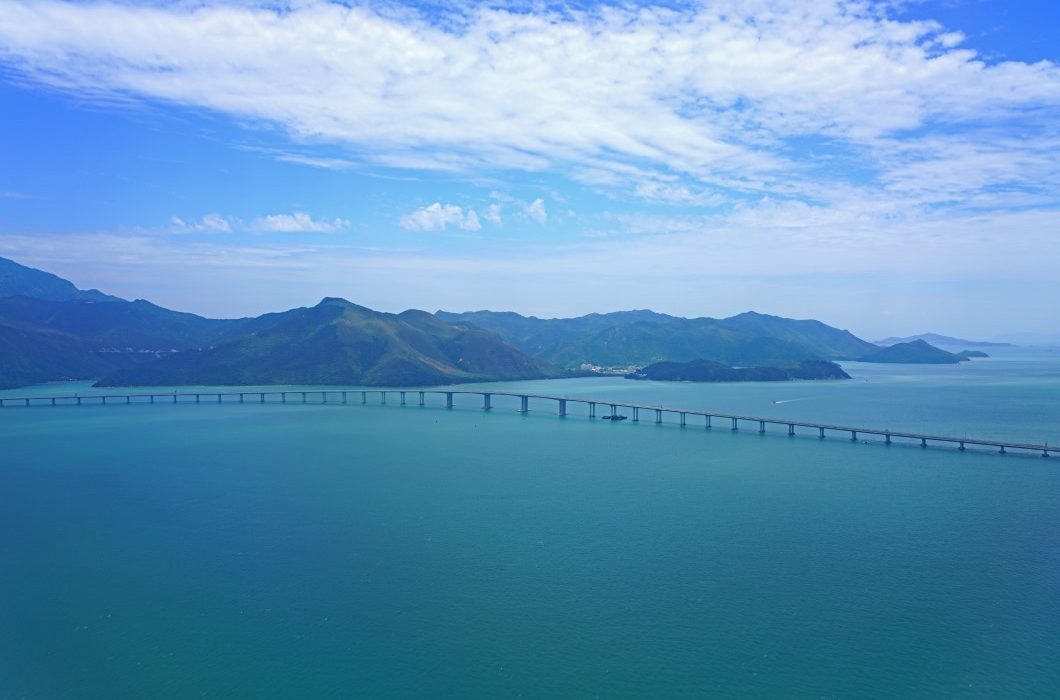
You might also like:
After 9 years of construction, have inaugurated the 55 km long Hong Kong-Zhuhai-Macau Bridge. It includes also an underwater tunnel and a snaking road bridge. After numerous delays and a construction cost of almost $19 billion, last week Chinese president Xi Jinping opened the longest bridge to the public, which immediately attracted the attention of the most curious wanderers.
After the inauguration, more than 20,000 people used the bridge, making it a tourist attraction on its first day in operation. “I wanted to try this and see if it is convenient. I will be checking out the view too, after all this is a historic engineering project,” said one of the first ‘testers’ of the bridge.
China’s plan is to achieve full integration of Macau and Hong Kong with the view of trying to make the Pearl River Delta the ‘Silicon Valley of the East’, a kind of technological hub of the Far East. Authorities expect almost 30,000 vehicles and 126,000 passengers to make round trips on the bridge daily by 2030.
Every vehicle to cross the bridge will require special permissions from all three of China, Macau and Hong Kong. There will be regulations in terms of private cars, with only 10,000 cars from Hong Kong to be issued with a permit to drive to the mainland.
Meanwhile, 300 cars from Hong Kong will be able to drive to Macau. 600 cars from Macau with a special license can enter Hong Kong. Those who will not be granted permits will be able to use the services of private shuttle buses between the cities.
Macau, meanwhile, expects the new construction to support the tourism sector in the city. In September it welcomed over 2.56 million visitors, out of which 1.41 million were overnight tourists. 1.82 million of the total number arrived from mainland China which will now have a simpler route to the gambling heaven. In September, 1.55 million tourists traveled to Macau by land and this is very likely to increase with the bridge construction.

However, there are some doubts that the presence of the longest bridge will lead to the diversification of the Macau tourism sector, which is heavily dependent on the gambling industry.
“With the bridge, we have the chance to diversify tourism, but it can be critical, and we can lose if we cannot do it,” multi-billionaire Pansy Ho said.
“We do not just have to worry about the number of tourists and Macau’s ability to accommodate them, but also with the paradigm shift from the moment the bridge opens. Everything will be closer, and it will be easier to visit Macau on impulse, to have dinner and return on the same night,” she added.
However, for some, the concept of the bridge connecting the Chinese mainland with Macau and Hong Kong is another example of Beijing attempting to have more influence in both enclaves. Opponents of the construction have also pointed out that at least 10 workers died during the 9-year period and more than 600 of them sustained injuries.
There has also been a lot of criticism from Hong Kong, as the public was not exactly open to the idea of its integration. Many inhabitants now expect the city to be subject to over-tourism and exaggerated flows of tourists from mainland China. Moreover, the construction has had a negative effect on the habitat of the already endangered pink dolphin.
Source: tourism-review.com
